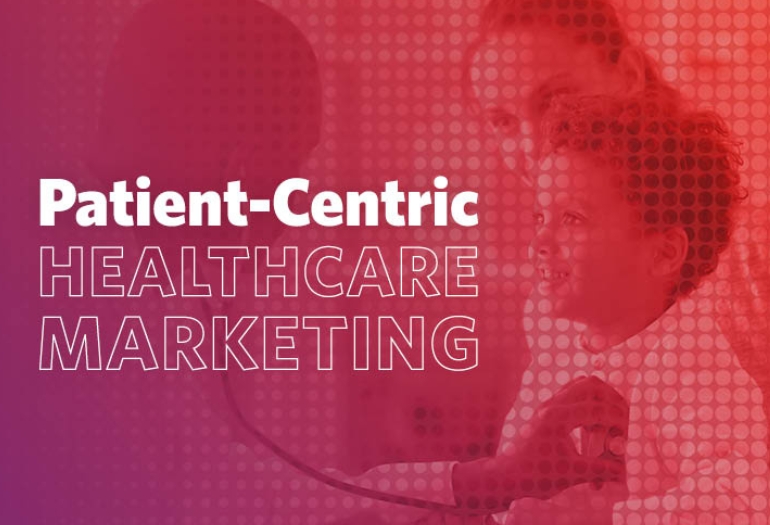




Many healthcare marketers think of their services in terms of the healthcare industry, or how they compare to the competition. They focus on their state-of-the-art facilities, their accomplished physicians, or their mission. But no matter how wonderfully empathetic their mission statement is or how incredibly experienced their doctors and staff are, the marketing is all about the hospital or clinic, not the patient. This is where many healthcare marketers are missing the mark, because times have changed.
Healthcare has evolved into a consumer-driven market in part because of technology and easy access to information. As a result, people are taking a more active role in their healthcare journey: asking more questions, doing more research online, and generally seeking a more personalized experience. This is why it’s important for healthcare brands to take a “patient-centric” approach to their marketing.
To be patient-centric, healthcare providers and organizations must shift their perspective and create messages that resonate with a patient’s real issues and concerns. They must remember that a person’s health is a sensitive, emotional subject, and choosing medical services is not like deciding between brands of coffee at the store. When a healthcare organization fully understands this, that’s the foundation of a patient-centric marketing strategy.
Understanding the Patient Journey
In patient-centric care, patients are placed at the core of healthcare decisions so they can actively participate in their personal care journey. The emphasis is on understanding the patient’s perspectives, needs, values, background, and other circumstances first, with the goal of improving patient satisfaction and overall healthcare quality.
Patient-centric healthcare is not just about attracting and retaining “customers.” It is known to ultimately improve health outcomes for patients.
One thing to keep in mind is the fact that many consumers face obstacles when trying to access healthcare, such as poverty, racial and social disparities, language barriers, and governmental policies. They are particularly frustrated and concerned about rising healthcare costs and out-of-pocket expenses. In a recent survey, roughly 40 percent of Americans reported skipping a recommended medical test or treatment, and 44 percent put off seeing a doctor when they were sick or injured—all due to cost.
Healthcare marketers can’t solve the rising cost of care, but they can address these fears in marketing efforts and by working with the health system’s departments to find ways of offering consumers price transparency. Consumers appreciate honesty, being truly cared for—and not just inside the exam room.
Strategies for Patient-centric Marketing
A patient-centric approach to healthcare marketing is important because it works both ways. When healthcare is based on a patient’s unique medical needs, preferences, lifestyle, background and other factors, the results are improved patient outcomes and a stronger doctor-patient relationship, which builds trust and loyalty.
Here are some strategies to consider when crafting a patient-centric marketing plan:
Technology in Patient-centric Marketing
In our digital-savvy society, it is essential for a healthcare organization to enhance the patient experience across all touchpoints, starting with its website. Did you know that more than eighty percent of patients use a hospital’s website to select and plan for their care? Consumers want and expect easy access to their healthcare information.
Websites should be optimized for user-friendliness to ensure, for example, seamless appointment scheduling, telehealth access, and paying bills online. The website should be designed to overcome barriers to care, including ADA compliance. Every digital interaction with the consumer/patient is an opportunity create or build brand loyalty.
To ensure a cohesive patient-centric marketing strategy, the website and landing pages should also align with current marketing communications and advertising.
Healthcare Marketing Expertise
Patient-centricity is not a fad, so it’s important for today’s healthcare providers and organizations to focus marketing efforts on patients’ needs and preferences.
For more than 15 years, AcrobatAnt has been guiding health systems, working alongside our healthcare clients as true marketing partners. We’ve long understood the importance of understanding healthcare from a consumer’s perspective. We know that only from this perspective can we identify opportunities for our healthcare clients to truly connect with consumers, expand their offerings, and grow.
If your healthcare organization is looking for a marketing partner who understands that great patient care is a win-win for everyone, contact us. Ready to chat now? Call Angela Harless at 918-938-7912 or [email protected].